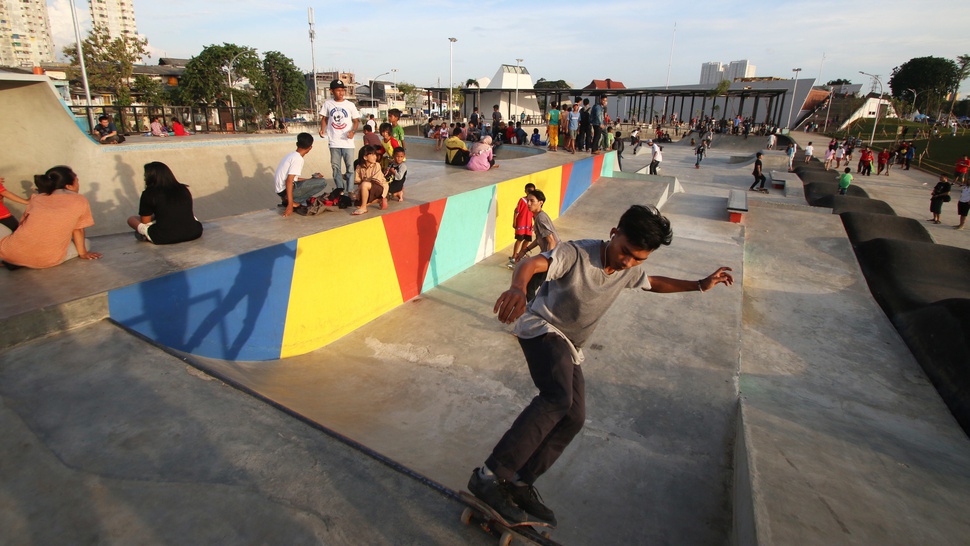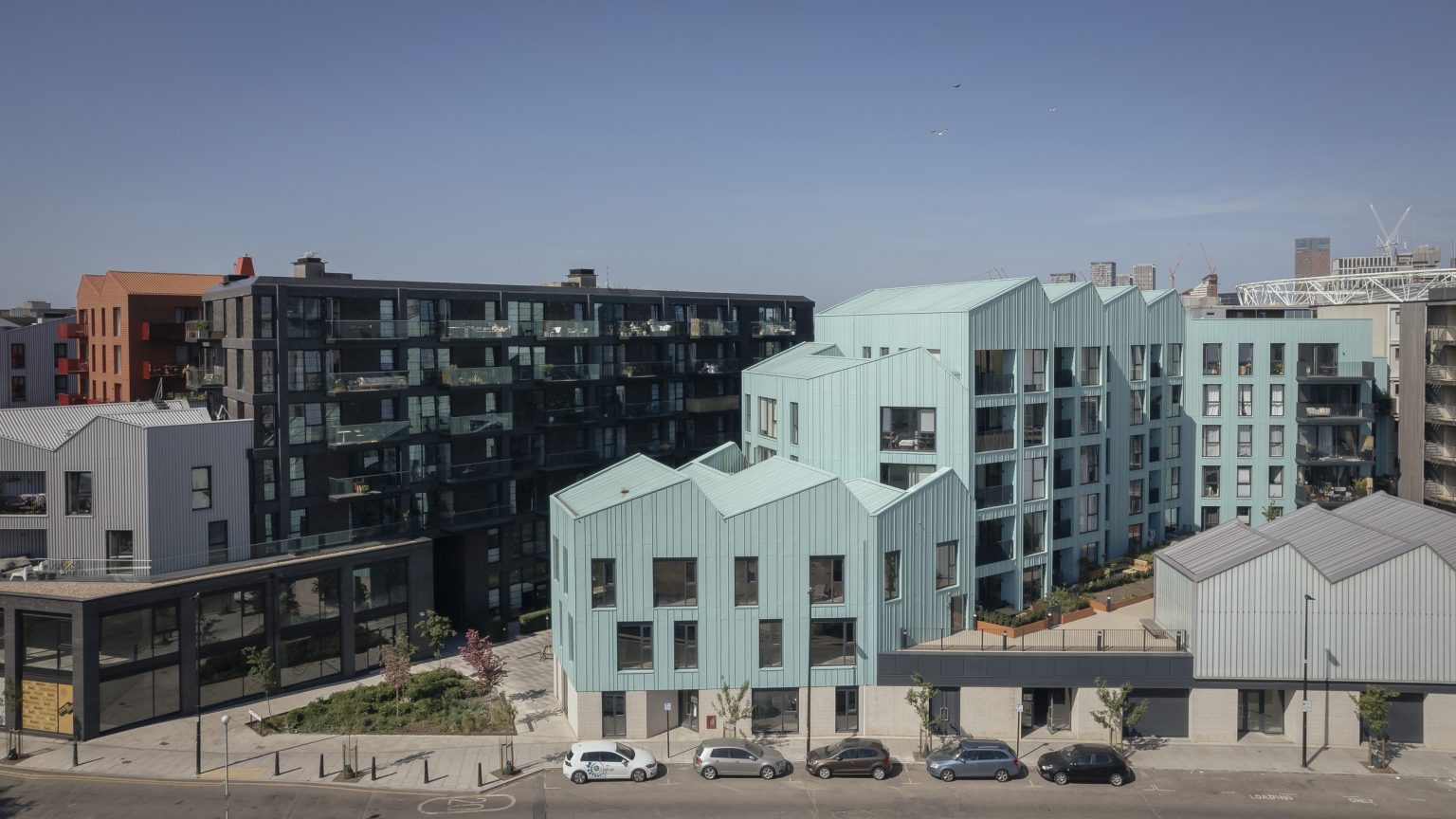For any social endeavour to work, there must be integration of hardware and software components: a symbiosis between bricks and mortar destinations and appropriate activities within them to inspire. This argument is fundamental to Eric Klinenberg’s plan for how to build a more equal and united society in his book, Palaces for the People. It is also something that architects and urban planners have been advocating for years. Yet like many urban issues, there is no simple fix. Indeed, the evolving nature of cities and how people interact within them are driven by factors including culture and technology, making the integration of hardware and software a moving target catch up game for stakeholders.
One of Klinenberg’s empirical observations is that Americans from different ethnic or cultural backgrounds are less inclined to associate with people outside their social sphere due to the reduction of blue collared workers. People from all backgrounds worked in manufacturing after the war, and socialised with co-workers over happy hour drinks. As manufacturing increasingly became outsourced to developing countries, service industries and so called white collared employees began to dominate the work force. The movement coincided with decreased religious affiliation, leaving a chance meeting vacuum that makes it challenging for trust to develop amongst strangers.
In 2017, University of Oxford psychology professor Robin Dunbar examined social cohesion developed through regular drinks at the local pub. Through three separate studies, Dunbar and his Oxford research team found that people with a regular neighbourhood drinking hole—a variation on the hit 80s TV show Cheers—felt more socially engaged and contented, and are more likely to trust other members of their community. Further, people without a local pub had significantly smaller social networks, and felt less engaged and trusting of their local communities. Yet with many negative associations with alcohol—think Prohibition’s legacy and right leaning Christians’ ban on booze as well as Islam forbidding alcohol consumption—and the local pub appears limited in fostering trust amongst global communities.
While many governments in both developed and developing countries spend money on necessary infrastructure, many stumble when it comes to what their citizens need to feel united. Their approach tends to be reactive rather than proactive. In mature societies, it falls upon social workers and policy makers to implement programmes to assist those in need. Yet all too often, there are no appropriate bricks and mortar places for those programmes to be mounted over a significant period of time. The advent of social media makes networking online the preferred choice of millennials. At the same time, and perhaps due to the isolating echo chamber that socialising purely on social media fosters, people strive to feel connected through face to face contact.
Many cities in southeast Asia and China lack suitable buildings to connect people, and most are left to fend for themselves—the well heeled in private clubs and the less fortunate on the streets. Even if community spaces exist, many often lack appropriate management to make full use of what they can offer citizens. This phenomenon can be observed in the UK and Europe as a result of austerity measures cracking down on social spending. It is already a major sticking point in the US, where once shining public buildings have fallen into disrepair due to cutbacks on maintenance and staff. On the other hand, mature Asian cities such as Hong Kong and Singapore offer well developed social programmes in structures where, while not beautiful, are serviceable. But why shouldn’t public buildings such as libraries, community centres, swimming pools and places of worship be beautiful and inspirational?

Throughout southern China, including Hong Kong and Macau, ancestral halls have historically served local communities as centres that combined worship with civic functions. Funded by local merchants and open to the public, the structures are snapshots of southern Chinese architectural typologies from a bygone era. The 1847 declared monument Man Mo Temple complex on Hollywood Road in Hong Kong combines two temples to the gods Man Cheong and Kwan Tai with an assembly hall. The 1894 Chen Clan Ancestral Hall in Guangzhou was built by 72 families with the surname Chen for their descendents’ accommodations during preparations for imperial exams in the Qing Dynasty. The 19 building complex eventually became a school; it now contains the Guangdong Folk Art Museum. Its traditional Chinese courtyard style architecture and decor make it an inspiring destination for both design aficionados and students of culture.

More recently, the green community centre in Cifeng Village aimed to foster a sense of community in earthquake devastated Sichuan. In 2010, The Oval Partnership and Integer China joined KPMG China, China Children and Teenagers’ Fund and Chengdu Women’s Federation to build a 450 sqm sustainable structure utilising green resources. In the same region, Swire Properties pledged RMB2 million to assist residents affected by the 2013 Ya’an earthquake, in partnership with China Children and Teenager’s Fund and designed by Oval. It led to the 2018 opening of a community centre comprised of three structures with flexible spaces made by local labourers using locally sourced bamboo. Also in 2018, developer Grosvenor Asia Pacific funded Community Kitchen in Hong Kong’s Shek Tong Tsui in response to the number of subdivided housing in the district restricting or eliminating domestic kitchens. By providing a fully equipped place where parents can prepare meals as their children learn English, Grosvenor combined relief for space challenged low income residents with a place where they can be part of a community.
There is no doubt that more could be done. What needs to happen first is for hardware to be acknowledged as necessary for software to flourish. When both the buildings where social development occurs plus the social programmes themselves are being ignored by governments or potential private donors, society on the whole loses. The government can only do so much from the top down. Grassroots efforts need to meet it halfway upwards. Voices from socially minded architects and social workers on the ground need to be heard, to construct buildings and programmes that work for different districts and different requirements. Asian Carnagies, Rockefellers and Gates need to put their money with their communities are. Everyone deserves to feel like royalty within the court that is their community.






